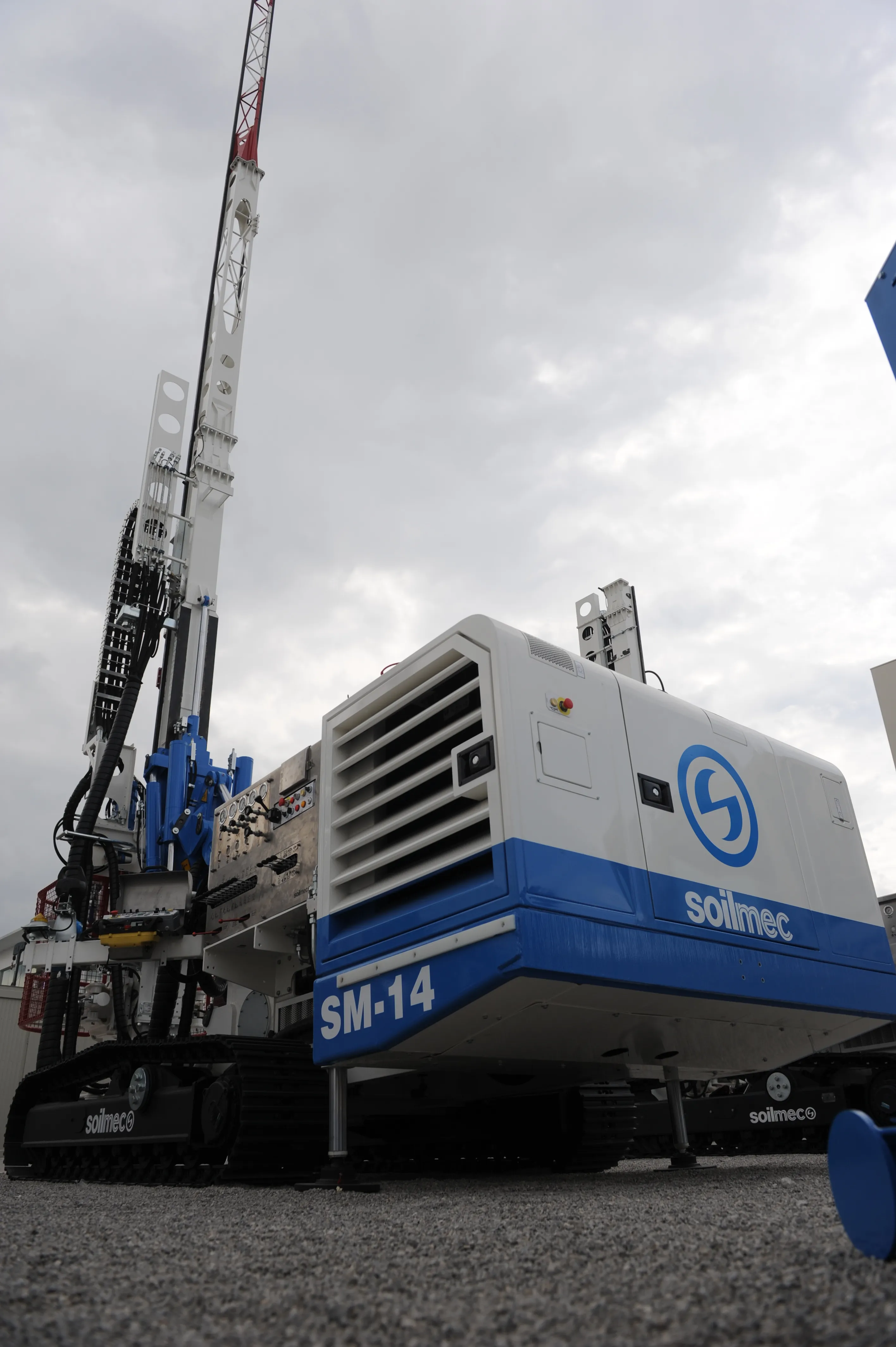A novel online training platform has been developed for the road sector by the Spanish Road Association (AEC). This move follows research suggesting a demand for online training tools in the road infrastructure sector. The www.aecarreteraformacion.com website is said to have an extensive array of training tools suitable for road professionals in Spain as well as in Latin America. The AEC platform has been developed with an international focus, and is intended to meet the demands of road technicians and mana
July 24, 2013
Read time: 2 mins
A novel online training platform has been developed for the road sector by the 2392 Spanish Road Association (AEC). This move follows research suggesting a demand for online training tools in the road infrastructure sector. The %$Linker: 2 External <?xml version="1.0" encoding="utf-16"?><dictionary /> 0 0 0 oLinkExternal www.aecarreteraformacion.com www.aecarreteraformacion.com false http://www.aecarreteraformacion.com/ false false %> website is said to have an extensive array of training tools suitable for road professionals in Spain as well as in Latin America. The AEC platform has been developed with an international focus, and is intended to meet the demands of road technicians and managers. It is backed by the Vial Ibero-American Institute (IVIA), which is also contributing to the concept. The initial tools available on the platform address road safety but this teaching platform will also include modules on the environment, finance, road transport or storage for example. The AEC is also looking to develop the platform with the backing of a number of universities and research bodies that specialise in road infrastructure. Students completing and who pass assessment tests will receive appropriate training certificates.








